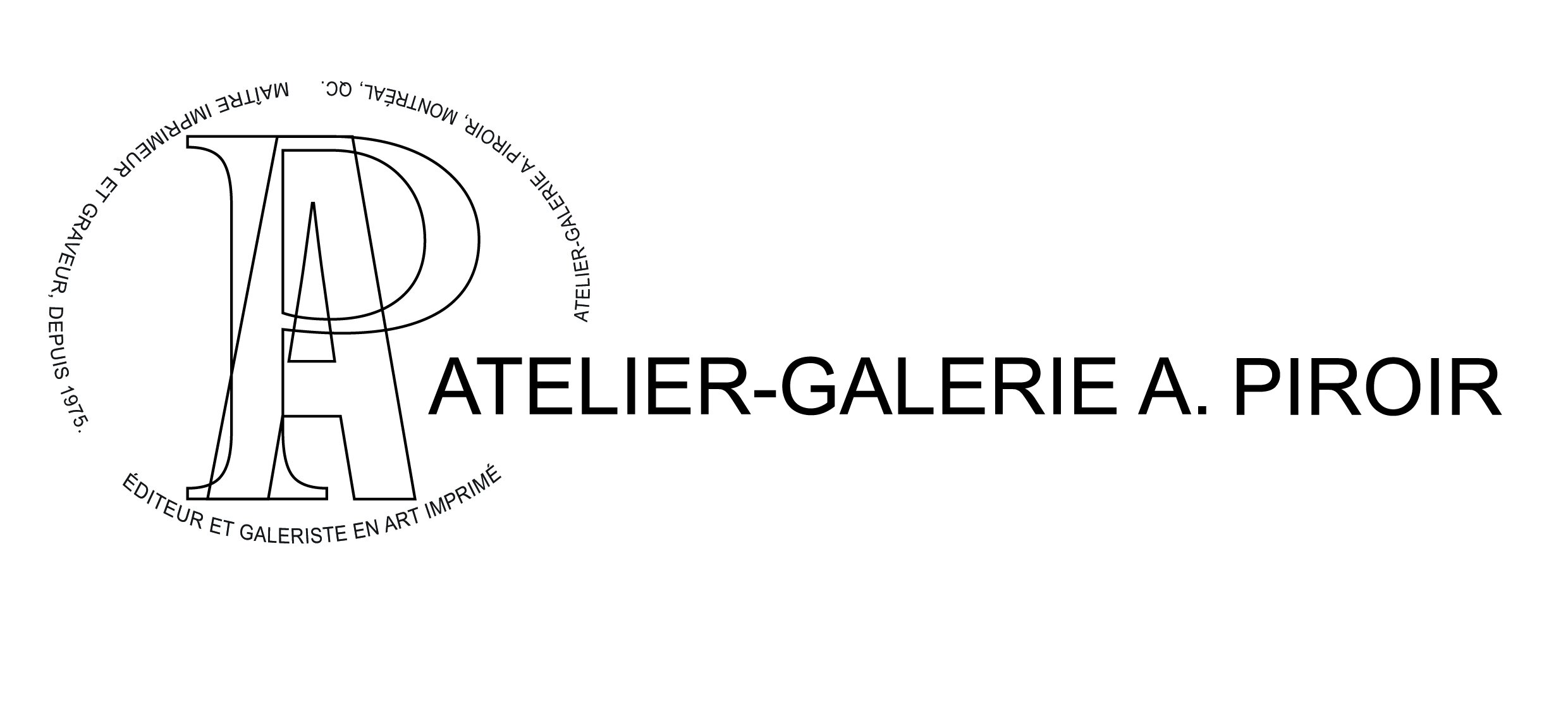Yannick De Serre
From Tuesday November 3 to Saturday December 19, 2020
Vernissage from Saturday 7 to Sunday 8 November from 2 p.m. to 6 p.m.
PROSERPINA
Since the dawn of time, mythologies have shaped our world with collective founding narratives. Among these legendary stories, Yannick De Serre has chosen to revive the myth of Persephone/Proserpine, because it explains in mythical-poetic form the origin of the seasons, placing the mother-daughter relationship at the heart of a complex equation. With the exhibition Proserpina, the artist presents works that are both powerful and subtle, whose narration continually superimposes the paradox of absence and presence.
What happened to Persephone/Proserpine? The only child of Demeter/Ceres, the goddess of the harvest and grain, Persephone was kidnapped by her uncle Hades/Pluto, king of the underworld, who made her his wife. While the young woman was kept prisoner, her mother pursued a relentless quest to find her. During the nine days of her search, Demeter ceased her activities, dangerously slowing the cycle of nature. To avoid endangering humanity, Zeus asked Hades to release his wife. He consented, knowing that, having eaten pomegranate seeds, she would have no other choice but to return to hell. When the young woman reunited with her mother, it was a time of joy and renewal, marking the arrival of spring and then summer. Their separation introduced the arrival of autumn, followed by winter. This back-and-forth between the underworld and the earthly world marked the passing seasons, accompanied by its inevitable share of constant heartbreak and of sadness.
With a great deal of sensitivity, Yannick De Serre conveys the suffering of separation, notably in the works Relation ou je n’étais qu’un enfant (Relative or I Was Only a Child) and Maman. To create the first, several letters from personal correspondence have been used. Immersed in water, the letters softened, then disintegrated. The words were erased, letting the original material – the essence of things – reveal itself in immaculate white. After a period of drying and compression, the paper still maintained the vulnerability of the material, as attested by the word FRAGILE notched in the centre of the work, which also echoes the fragility of the connection. Farther on, we read “Tu me manques” (I miss you) in the open book entitled Maman, also suggesting the weight of distance. Holding the other back, letting him go, then losing him . . . that is what we see in Proserpina 2, Bouquet 2 and Bouquet 17. Hands drawn in graphite hold between their fingers bouquets of flowers embossed on the paper. The imprint left on the fibrous skin conserves the trace of a bittersweet new beginning: absence succeeds presence, and vice-versa. With Bouquet 9, another type of cycle appears: a flower spurting out of black but fertile soil opens up, then wilts until it returns to the earth. From life to death. From death to life. Isn’t that what one of the poems in the Sans titre series brings to life? “Perséphone / Perce et flore/ Perte à mort” (Persephone / Pierce and flora / Loss to death). Torn between the father and the mother, the question of connection leads to that of origins in another poem taken from the Sans titre series: “Mother /I came to you/ je sème/je cueille/j’abonde/Et je quitte/Father/I failed you.” The features that make up the connection between the father and the mother also draw the roots of the rhizome connecting the underground to the earthly world. Whereas the apparent fragility of some roots is destabilizing, the undeniable solidity of others fascinates. Between strength and vulnerability, the unavoidable connections that shape individuals and construct us collectively are in constant motion. And so goes the cycle of life!
Emilie Granjon
Art historian.
Yannick de Serre website

